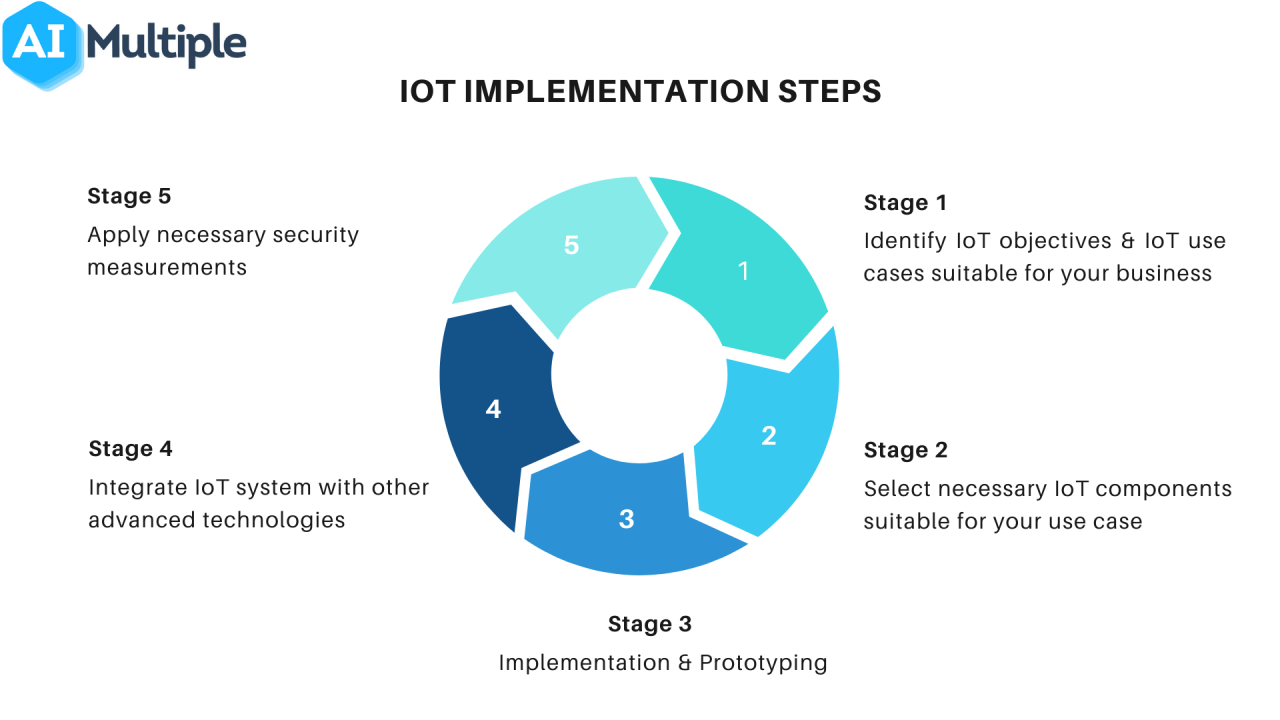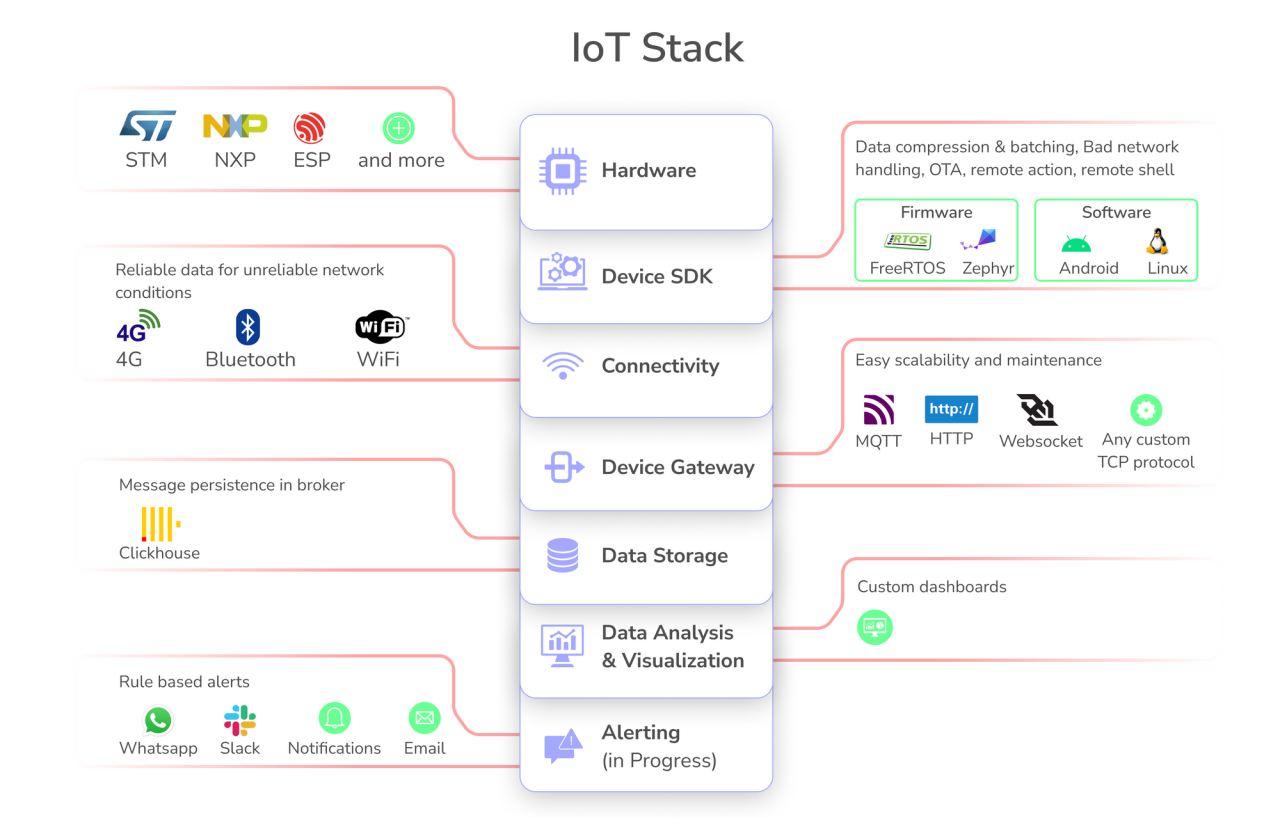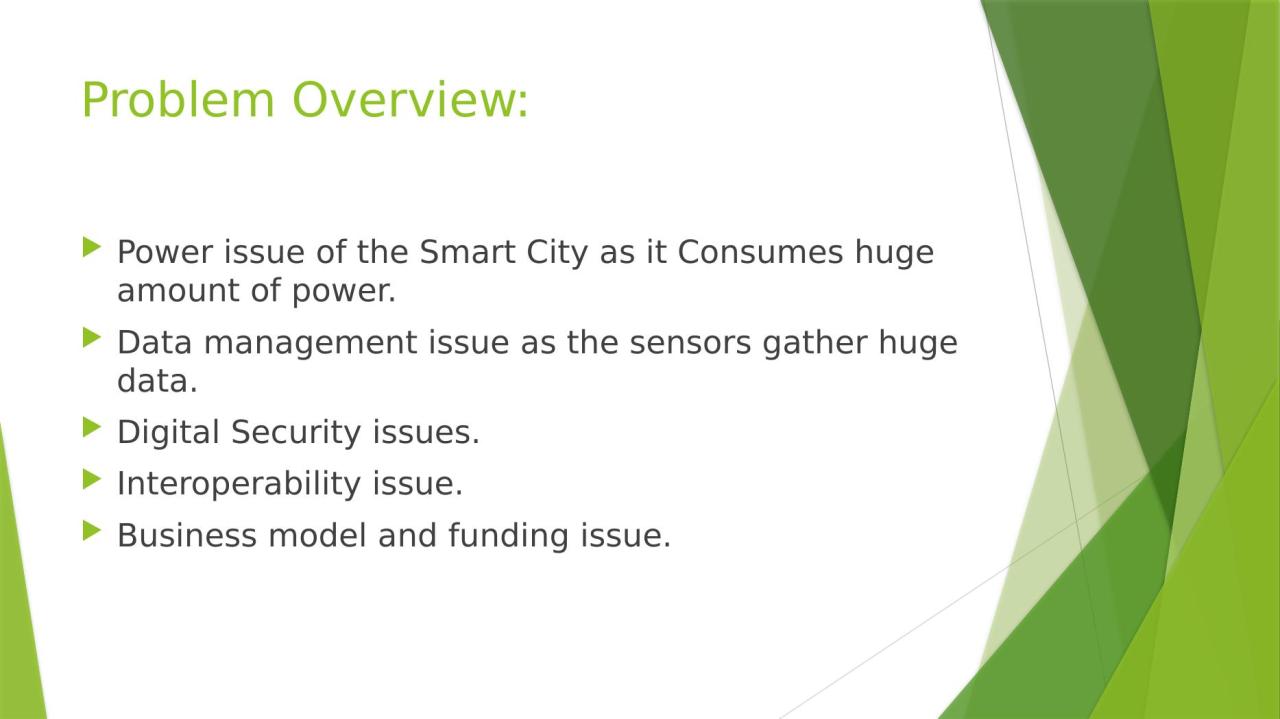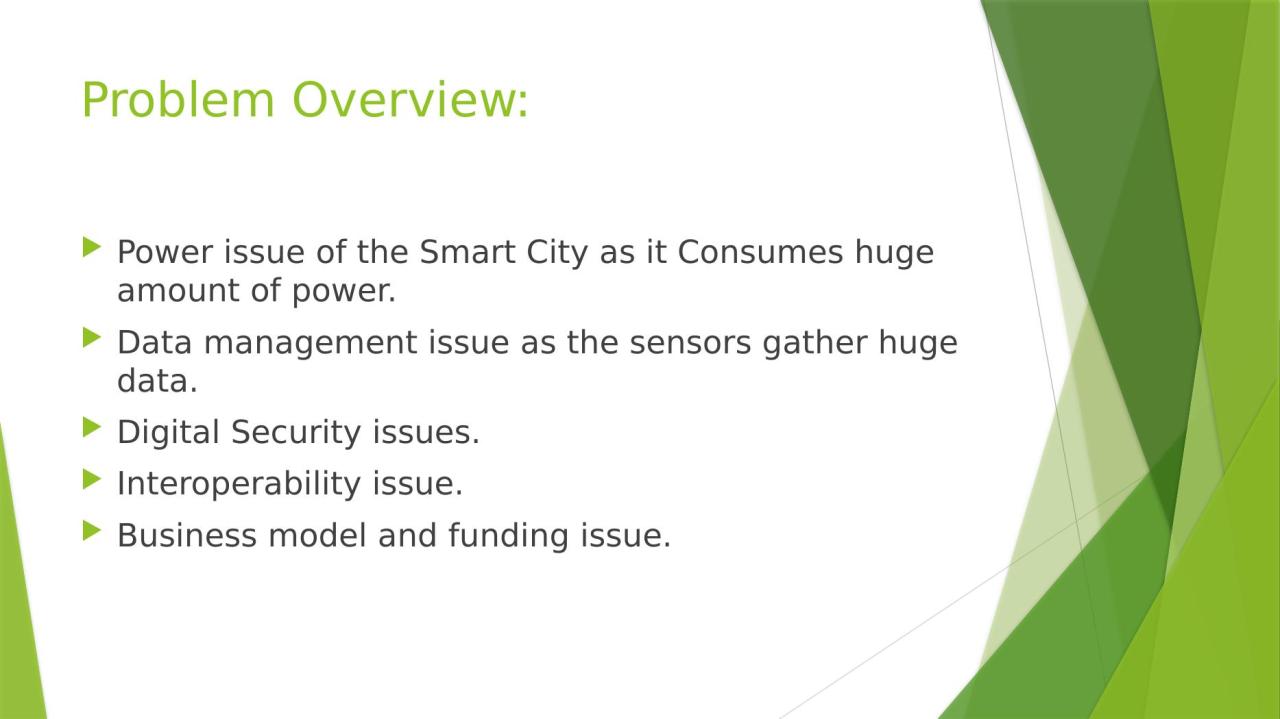Breaking barriers in smart metering with Wi-Fi HaLow: Imagine a world where smart meters communicate flawlessly, regardless of distance or obstacles. This is the promise of Wi-Fi HaLow, a technology poised to revolutionize how we monitor and manage energy consumption. This article dives into the advantages, challenges, and future potential of Wi-Fi HaLow in smart metering, exploring its unique capabilities and addressing common concerns.
We’ll examine how Wi-Fi HaLow’s long range and superior penetration capabilities overcome the limitations of older technologies. We’ll also discuss crucial aspects like power optimization, security, cost-effectiveness, and scalability, supported by real-world examples and future projections. Get ready to explore the next generation of smart metering.
Wi-Fi HaLow in Smart Metering: A Comprehensive Overview

Smart metering is revolutionizing the energy sector, enabling real-time monitoring and control of energy consumption. Effective communication between smart meters and the central infrastructure is crucial for the success of these systems. Wi-Fi HaLow, with its unique capabilities, is emerging as a strong contender in this space, offering a compelling alternative to traditional communication protocols. This article delves into the advantages, challenges, and practical considerations of deploying Wi-Fi HaLow for smart metering applications.
Introduction to Wi-Fi HaLow in Smart Metering
Wi-Fi HaLow, operating in the 900 MHz band, provides several key advantages over other communication technologies used in smart metering. Its long range, robust penetration through building materials, and low power consumption make it particularly well-suited for challenging deployment environments. Existing smart meter communication infrastructure often faces hurdles including limited range, high deployment costs, and security vulnerabilities. Wi-Fi HaLow addresses these challenges by offering a cost-effective, secure, and reliable solution.
Technically, Wi-Fi HaLow (IEEE 802.11ah) operates in the sub-1 GHz frequency band, offering longer range and better penetration than traditional Wi-Fi (2.4 GHz and 5 GHz). It uses low-power consumption techniques, making it ideal for battery-powered devices like smart meters. Its robust security features enhance data integrity and protect against unauthorized access.
Addressing Range and Penetration Challenges
Building materials and geographical features significantly impact signal propagation in smart metering deployments. Wi-Fi HaLow’s lower frequency allows it to penetrate obstacles more effectively than higher-frequency technologies. However, optimizing network design remains crucial for maximizing coverage and reliability. Techniques like strategic node placement, careful antenna selection, and power adjustments are essential for achieving optimal performance in diverse environments.
| Technology | Frequency | Penetration Ability | Range |
|---|---|---|---|
| Wi-Fi HaLow | 900 MHz | Excellent; penetrates walls and other obstacles effectively | Up to several kilometers, depending on environment |
| Zigbee | 2.4 GHz | Moderate; penetration is affected by walls and other obstacles | Several hundred meters |
| Z-Wave | 900 MHz (some implementations) | Good; better penetration than 2.4 GHz technologies | Several hundred meters |
| LoRaWAN | Sub-GHz (various bands) | Excellent; long range and good penetration | Several kilometers |
A hypothetical smart meter network deployment using Wi-Fi HaLow might involve strategically placing access points in areas with good line-of-sight and high elevation, considering power levels to optimize range while minimizing interference. Meters in densely populated areas might require more closely spaced nodes compared to sparsely populated areas. Careful consideration of power consumption at each node is also vital to ensure long battery life.
Power Consumption and Battery Life Optimization

Wi-Fi HaLow’s power consumption is significantly lower than many other communication technologies, but optimization is still critical for maximizing battery life in smart meters. Compared to technologies like cellular or traditional Wi-Fi, Wi-Fi HaLow offers a significant advantage in terms of energy efficiency. However, strategies to further reduce power consumption are essential for long-term deployment.
- Employing low-power modes during periods of inactivity.
- Optimizing data transmission schedules to minimize communication frequency.
- Using energy-efficient data transmission protocols.
- Implementing power management techniques within the smart meter hardware.
Security Considerations and Data Integrity, Breaking barriers in smart metering with Wi-Fi HaLow
Security is paramount in smart metering. While Wi-Fi HaLow offers robust security features, potential vulnerabilities must be addressed. Implementing strong encryption protocols, such as WPA3, and regularly updating firmware are crucial steps. Regular security audits and penetration testing can identify and mitigate potential weaknesses.
A comparison of security protocols might include WPA3 (strong encryption, robust authentication), and potentially other specialized protocols tailored for low-power networks and IoT devices. Each protocol’s strengths and weaknesses need to be evaluated based on specific deployment requirements and threat models.
Cost-Effectiveness and Scalability
The cost-effectiveness and scalability of Wi-Fi HaLow make it an attractive option for large-scale smart meter deployments. While initial investment costs might vary depending on the scale of the deployment, the long-term operational costs are often lower compared to other technologies due to its energy efficiency and extended range.
- Initial Investment Costs: Relatively lower compared to cellular network deployments, due to reduced infrastructure needs.
- Ongoing Maintenance Costs: Lower due to the long range and reduced need for frequent maintenance and upgrades.
- Scalability: Highly scalable, capable of supporting large numbers of smart meters across wide geographical areas.
The long-term cost benefits stem from reduced energy consumption, decreased maintenance requirements, and the ability to handle large-scale deployments efficiently.
Wi-Fi HaLow’s long-range, low-power capabilities are revolutionizing smart metering, overcoming obstacles like difficult terrain. It’s a game-changer, much like needing a fair umpire – check out this article on how a questionable call affected a cricket match: Strikers fume after on-field umpire helps Hobart Hurricanes avoid a. Similarly, reliable smart metering needs consistent, dependable technology, and Wi-Fi HaLow delivers just that, expanding coverage and reducing costs.
Case Studies and Real-World Applications
Several successful deployments of Wi-Fi HaLow in smart metering demonstrate its practical applicability. These projects showcase the technology’s ability to overcome challenges associated with range, penetration, and power consumption.
Okay, so we’re talking about how Wi-Fi HaLow is revolutionizing smart metering, reaching those hard-to-access places. It’s a big deal, really changing the game. Completely unrelated, but sad news broke today: Sportscaster Greg Gumbel dies at age 78. Back to smart meters though – the long-range capabilities of HaLow are key to expanding network coverage and improving data collection for a more efficient energy grid.
| Project Name | Location | Key Features | Results |
|---|---|---|---|
| Example Project A | Rural area, USA | Wide area coverage, low power consumption, robust security | Successful deployment of 1000+ smart meters, improved energy efficiency |
| Example Project B | Urban area, Europe | High density deployment, signal penetration through buildings, reliable data transmission | Reliable data collection in challenging urban environments |
| Example Project C | Island nation, Pacific | Long range communication, low maintenance, extended battery life | Successful implementation in a geographically challenging area |
Lessons learned from these deployments highlight the importance of careful network planning, robust security measures, and ongoing monitoring to ensure optimal performance and reliability.
Future Trends and Developments

Future developments in Wi-Fi HaLow technology are expected to further enhance its capabilities in smart metering. Improvements in power efficiency, enhanced security features, and increased data throughput are likely. Integration with other technologies, such as AI and machine learning, will enable advanced analytics and predictive capabilities.
The integration with other smart grid technologies will likely lead to a more interconnected and efficient energy system. Wi-Fi HaLow’s role in the smart metering landscape is poised to expand significantly as the technology continues to evolve and mature.
Last Word: Breaking Barriers In Smart Metering With Wi-Fi HaLow
Wi-Fi HaLow presents a compelling solution to the persistent challenges in smart metering communication. Its ability to overcome range and penetration limitations, coupled with its low power consumption and robust security features, positions it as a key technology for future smart grid deployments. By addressing cost-effectiveness and scalability concerns, Wi-Fi HaLow paves the way for a more efficient, reliable, and secure energy future.
The case studies and future trends discussed highlight its growing importance in creating a truly smart and connected energy ecosystem.
General Inquiries
What is the typical range of Wi-Fi HaLow in smart metering applications?
The range varies depending on environmental factors, but it generally surpasses that of other low-power technologies, often reaching several kilometers in open areas.
Wi-Fi HaLow’s long range and low power consumption are revolutionizing smart metering, overcoming the challenges of reaching remote meters. Want to test your knowledge of innovative city tech? Check out the Big City Quiz of the Year 2027 – it’s a great way to learn more about smart city solutions. Then, come back and dive deeper into how Wi-Fi HaLow is changing the game for energy efficiency and data collection in smart grids.
How does Wi-Fi HaLow improve security compared to older technologies?
Wi-Fi HaLow incorporates advanced encryption protocols and authentication mechanisms to protect data transmission, minimizing vulnerabilities to unauthorized access and data breaches.
What are the main regulatory hurdles for implementing Wi-Fi HaLow globally?
Frequency allocation and regulatory compliance vary across regions. Understanding and adhering to local regulations is crucial for successful deployment.
How does Wi-Fi HaLow compare to other LPWAN technologies in terms of data rate?
While offering excellent range, Wi-Fi HaLow’s data rates are generally lower than some other LPWAN technologies. However, this trade-off is often acceptable for smart metering applications where high-bandwidth data transfer isn’t always necessary.
